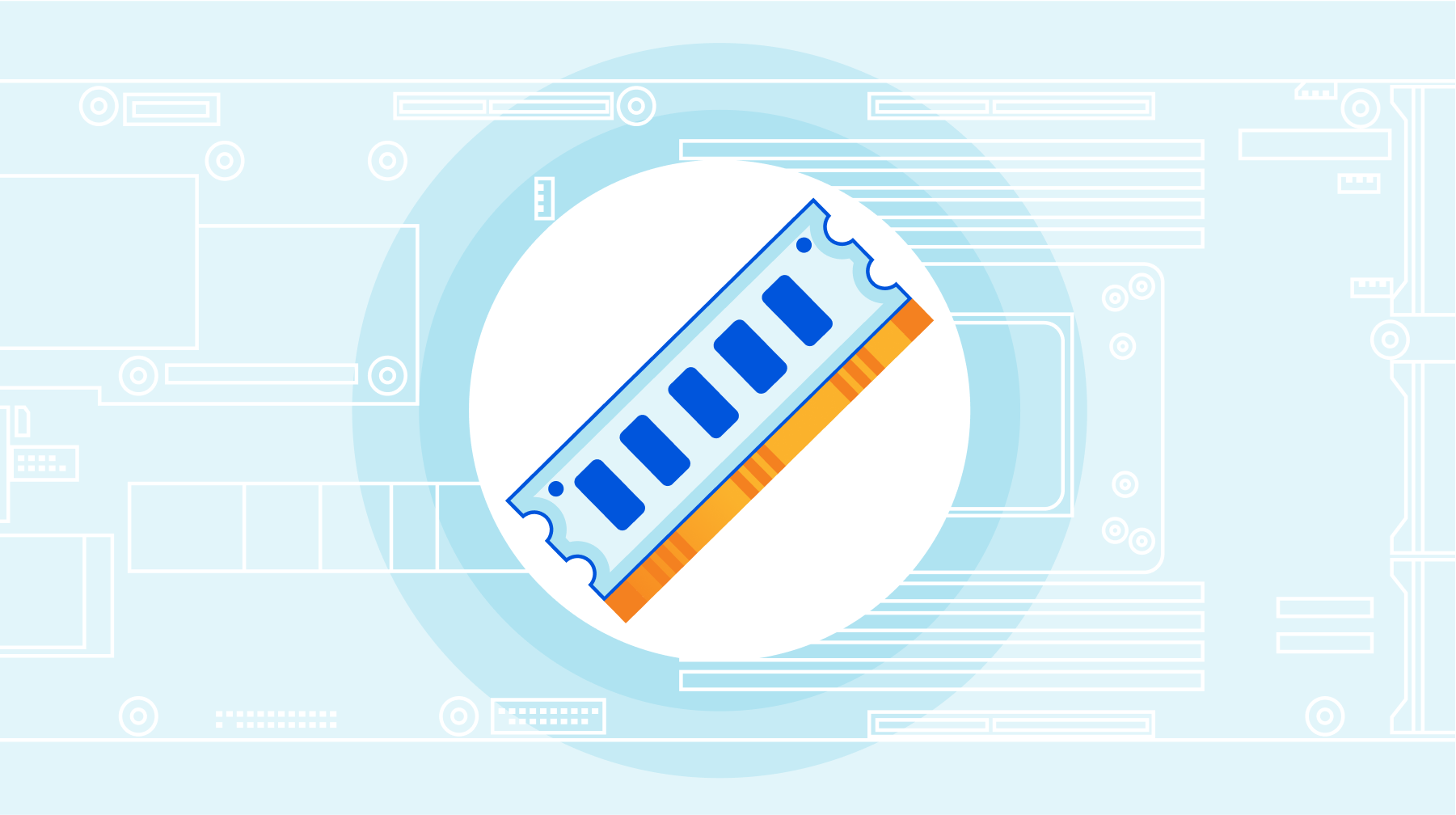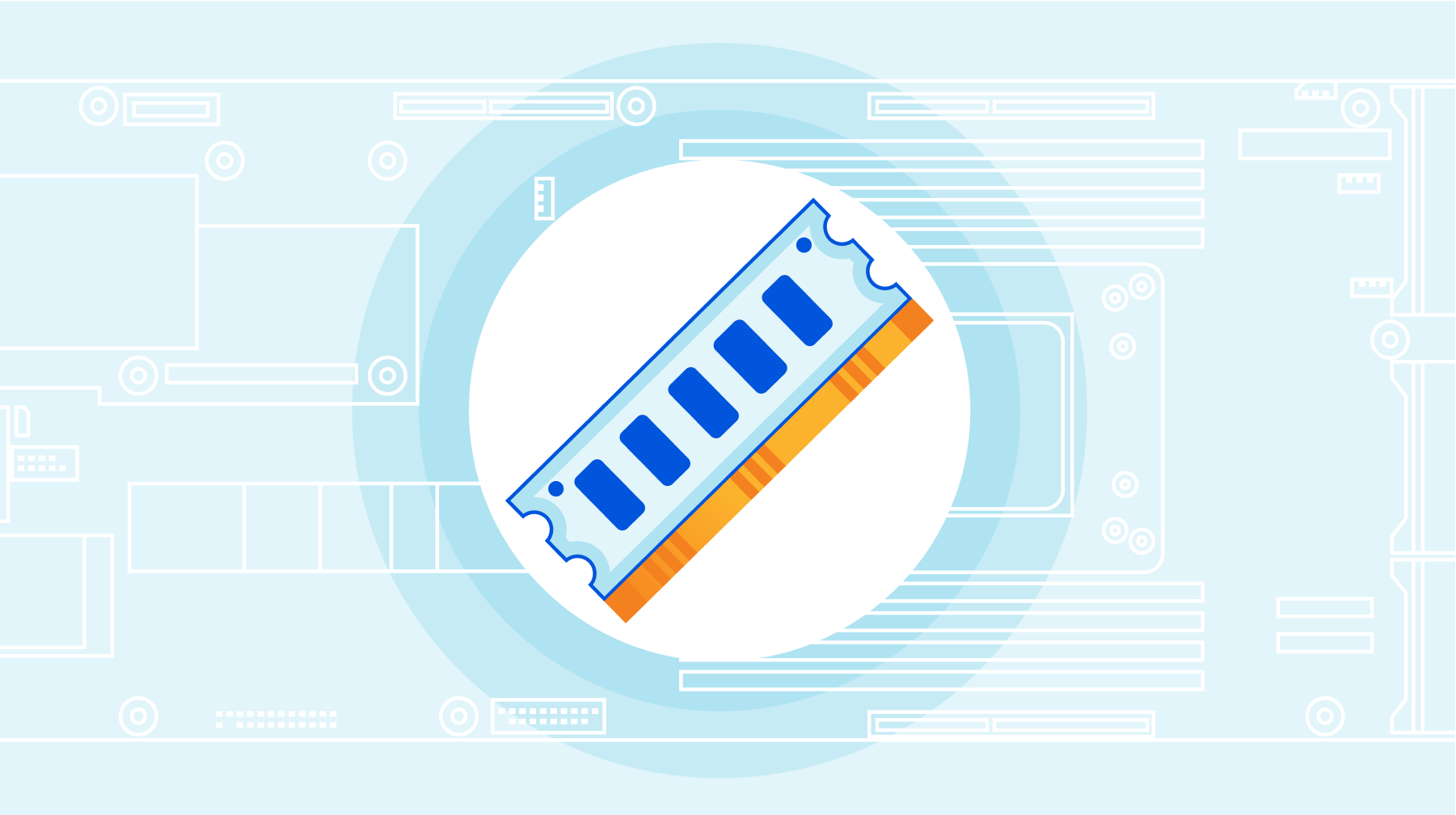Multi-Vendor EVPN Fabrics
Daniel left an interesting comment on my Studying EVPN to Prepare for a Job Interview blog post:
I also never build a VXLAN fabric with two vendors. So, is it possible now to build one large fabric consisting of multiple vendors?
TL&DR: Yes, but just because you could doesn’t mean that you should.
Multi-Vendor EVPN Fabrics
Daniel left an interesting comment on my Studying EVPN to Prepare for a Job Interview blog post:
I also never build a VXLAN fabric with two vendors. So, is it possible now to build one large fabric consisting of multiple vendors?
TL&DR: Yes, but just because you could doesn’t mean that you should.
Things Change. Some New content.
Once again it has been awhile. But I wanted to get some new content out. This year I was elected as a member of the board for WAA. Part of my time on the board will include writing articles for our membership. From the second I heard this I knew what I wanted to do. …Day Two Cloud 191: Modernizing Cloud Security And Optimizing Costs With Jo Peterson
Today's Day Two Cloud delves into cloud security and cloud cost optimization for SaaS and public clouds. Our guest is Jo Peterson. On the security front, we compare and contrast traditional on-prem and cloud security challenges, explore the shared responsibility model of cloud security, and more. For cost optimization we discuss the growing concern about cloud costs, why optimization tools still need humans, tips for tracking multicloud spending, and more.
The post Day Two Cloud 191: Modernizing Cloud Security And Optimizing Costs With Jo Peterson appeared first on Packet Pushers.
Day Two Cloud 191: Modernizing Cloud Security And Optimizing Costs With Jo Peterson
Today's Day Two Cloud delves into cloud security and cloud cost optimization for SaaS and public clouds. Our guest is Jo Peterson. On the security front, we compare and contrast traditional on-prem and cloud security challenges, explore the shared responsibility model of cloud security, and more. For cost optimization we discuss the growing concern about cloud costs, why optimization tools still need humans, tips for tracking multicloud spending, and more.New Zayo Submarine Cable Adds Faster, Redundant US–UK Route
Amid growing threats from bad actors, geopolitics, and climate change, Zayo Group announces a new submarine cable route between New York and Manchester.Where’s the Fish?
“Life is Good” has this great shirt I have a few of – “WTF: Where’s the Fish?” It is actually a question I get asked a lot. Where did I go? Where are my blogs? Where are my YouTubes? Where... Read More ›
The post Where’s the Fish? appeared first on Networking with FISH.
DDR4 memory organization and how it affects memory bandwidth


When shopping for DDR4 memory modules, we typically look at the memory density and memory speed. For example a 32GB DDR4-2666 memory module has 32GB of memory density, and the data rate transfer speed is 2666 mega transfers per second (MT/s).
If we take a closer look at the selection of DDR4 memories, we will then notice that there are several other parameters to choose from. One of them is rank x organization, for example 1Rx8, 2Rx4, 2Rx8 and so on. What are these and does memory module rank and organization have an effect on DDR4 module performance?
In this blog, we will study the concepts of memory rank and organization, and how memory rank and organization affect the memory bandwidth performance by reviewing some benchmarking test results.
Memory rank
Memory rank is a term that is used to describe how many sets of DRAM chips, or devices, exist on a memory module. A set of DDR4 DRAM chips is always 64-bit wide, or 72-bit wide if ECC is supported. Within a memory rank, all chips share the address, command and control signals.
The concept of memory rank is very similar to memory bank. Memory rank is a term used Continue reading
New: Network Infrastructure as Code Resources
While I was developing Network Automation Concepts webinar and the network automation online course, I wrote numerous blog posts on the Network Infrastructure as Code (NIaC) concepts, challenges, implementation details, tools, and sample solutions.
In March 2023 I collected these blog posts into a dedicated NIaC resources page that also includes links to webinars, sample network automation solutions, and relevant GitHub repositories.
New: Network Infrastructure as Code Resources
While I was developing Network Automation Concepts webinar and the network automation online course, I wrote numerous blog posts on the Network Infrastructure as Code (NIaC) concepts, challenges, implementation details, tools, and sample solutions.
In March 2023 I collected these blog posts into a dedicated NIaC resources page that also includes links to webinars, sample network automation solutions, and relevant GitHub repositories.
The Internet Twenty-Five Years Later
In 1998 any lingering doubts about the ultimate success of the Internet as a global communications medium had been thoroughly dispelled. The Internet was no longer just a research experiment, or an intermediate way stop on the road to adoption of the Open Systems Interconnect (OSI) framework. There was nothing else left standing in the data communications landscape that could serve our emerging needs for data communications. IP was now the communications technology for the day, if not for the coming century. No longer could the traditional telecommunications enterprises view the Internet with some polite amusement or even overt derision. The Internet had arrived.Full Stack Journey 077: A Career Journey From Finance To InfoSec
On today's Full Stack Journey podcast, Scott Lowe talks with Alexandria Leary who left a career as a financial advisor to break into cybersecurity. Alexandria and Scott discuss the reasons why she changed careers, and provide some information and resources useful for others who are seeking to find a career in cybersecurity.
The post Full Stack Journey 077: A Career Journey From Finance To InfoSec appeared first on Packet Pushers.